Chlorine is the most commonly used sanitizer to keep pool water clean. Adding it to the pool as a shock or a standard disinfectant is a regular chore. However, not all chlorine present at a time in the water is effective, and it is differentiated as free chlorine and total chlorine.
Let's find the difference between the two and their importance in your pool or hot tub.
The Difference between free chlorine vs. total chlorine
The chlorine you add to your pool water dissipates into two forms - free chlorine and combined chlorine. The sum of these two is the total chlorine present in the water.
When you add chlorine to the water, it breaks down into hypochlorous acid and hypochlorite ions. These combine with the organic contaminants in the water (bacteria and other microorganisms) and oxidize them, creating combined chlorine. The ideal levels of this type of chlorine should always stay below 0.5 ppm.
Free chlorine refers to the total amount of these acids and ions available to react with organic contaminants to oxidize them.
In layman's terms, free chlorine is available to sanitize water, and combined chlorine is the amount of chlorine that has been used up. The sum of these two is called total chlorine and is measured in ppm (parts per million).
Total chlorine = Free Chlorine + Combined chlorine.

How to check these?
You can use a pool water testing kit to evaluate total or free chlorine levels. Make sure the kit tests for one or both of these factors and is appropriate for your needs. Most test apparatus will test the water for free chlorine since it is the more important of the two.
Manual testing of pool or hot tub water can be a hectic process, and an easy way to keep an eye on your water chemistry is through our Sutro Pool Monitor. It is a battery-operated device that tests your water 3x a day for free chlorine.
The best part is that it sends this information to the mobile app, which you can access anywhere and anytime.
Which is better?
Since free chlorine sanitizes the water, it is always best to have the free chlorine levels equal to the total chlorine levels in the water. This is why you must check the water chemistry twice weekly to keep track of it.
Another aspect of the chlorine levels in pool water is stabilized vs. unstabilized chlorine. Simply put, the unstabilized variant is pure chlorine with no additives. In comparison, the stabilized variant is a combination of chlorine with cyanuric acid.
Stabilized chlorine is less volatile and maintains chlorine levels in the pool water for long. However, most pool experts (including us) do not recommend its use in hot tubs and spas.
Free vs. total chlorine hot tub
According to the CDC, the ideal levels of free and total chlorine in a hot tub should be between 3-5 ppm. When free begins testing lower than the total, it is a sign to balance the sanitizer levels.
Free vs. total chlorine in swimming pools
The free and total chlorine levels in swimming pools should be between 1-3 ppm. Maintaining these levels can be easier if you use stabilized chlorine (especially during summer).
Saltwater pool free chlorine vs. total chlorine
Unlike swimming pools and hot tubs, saltwater pools use pool salt (sodium chloride) to generate chlorine for sanitizing. These pools should always maintain a free and total chlorine level of 1-3 ppm.
Conclusion
Free chlorine is the portion of chlorine which is available to sanitize your pool water. The amount of total chlorine (which is free + used chlorine) should always be equal to or very close to the free chlorine levels for optimal water balance.

